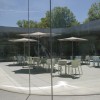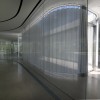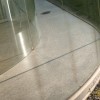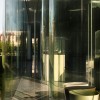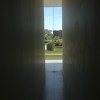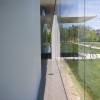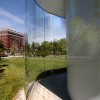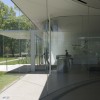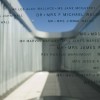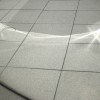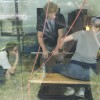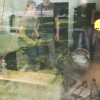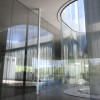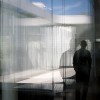Pritzker Prize Worthy: SANAA's Glass Pavilion at the Toledo Museum of Art
By now you have probably heard that Kazuyo Sejima and Ryue Nishizawa, partners of the Japanese architectural firm SANAA, have been awarded the 2010 Pritzker Architecture Prize. Renowned for their elegant compositions that emphasize transparency and lightness through explorations in material minimalism, Sejima and Nishizawa have emerged with an impressive body of work that includes the Toledo Museum of Art Glass Pavilion. Inspired by the news of the Pritzker award, I scheduled a trip to see the Glass Pavilion so that I could experience the qualities of design that prompted such an honor.
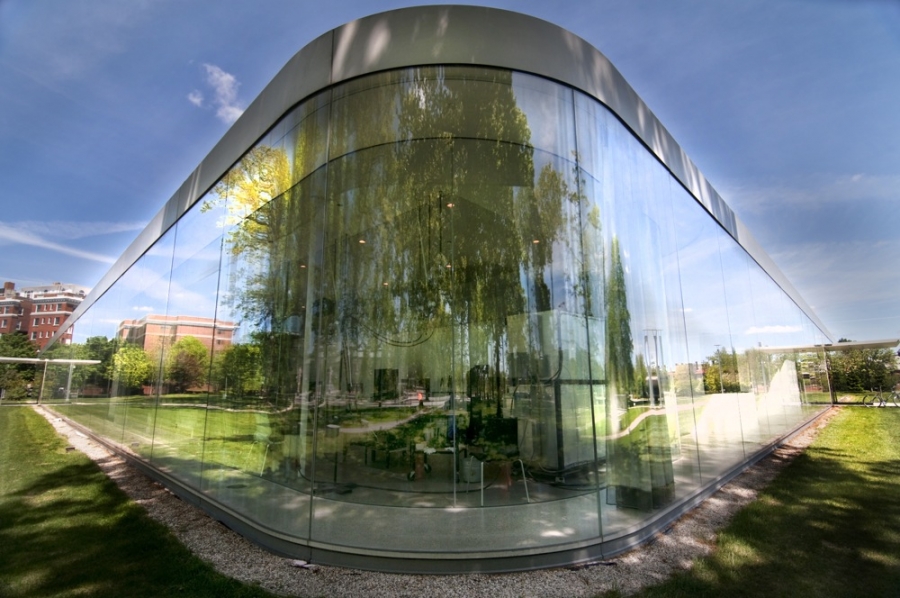 Credit: Damian Wohrer
Credit: Damian Wohrer
You will find the Glass Pavilion located directly across Monroe Street from the neoclassical Toledo Museum of Art on the edge of Toledo's Old West End, one of the largest historic districts in the Midwest. Set amongst sheltering 150-year-old trees, the Glass Pavilion occupies the former site of a seldom used park, expanding it and transforming it into a serene oasis.
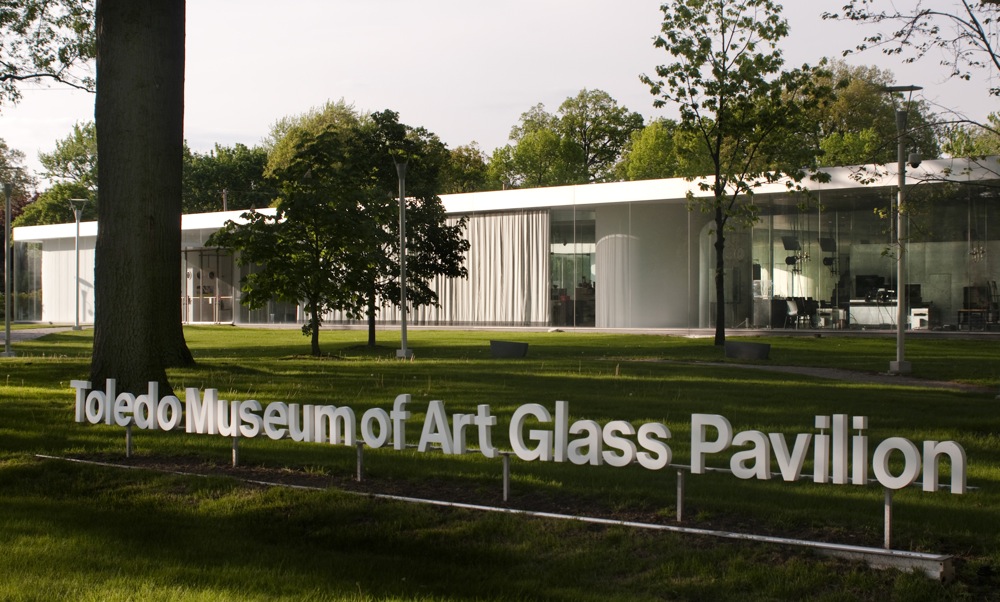
The nature of the site and of the museum's collection emerged as the primary emphasis for the selection committee in choosing a design team. The "classical minimalism" of SANAA's design solution elegantly and intrinsically marries modern construction with the historic Old West End neighborhood and the existing museum. The precise geometries and astonishing transparency of the building absorb the adjacent built environment and subsequently infuse the new, modern pavilion with a reassuring aesthetic. Despite a few vocal opponents and a lengthy three-year approval process to obtain permission to build in the Old West End, the pavilion has been warmly embraced by the community.
Disguised by its low profile and singular rectangular form, the two-level facility is actually an expansive 74,000 square feet, including a subterranean level that houses the mechanical spaces, loading dock, and staff workshops, in addition to classrooms and future gallery space. SANAA has laid out the Glass Pavilionís main level like a bubble diagram of exhibition spaces, for the museumís extensive glass collection, and studio spaces, including two hot shops, for glass artists. Each of the programmatic elements is defined by a simply shaped space with rounded corners, constructed mainly in glass.
It is the interstitial void space, however, that immediately captures your attention because of the transparency of the materials. The void space (inaccessible to the general public) is created by the variable sizes of the spaces and their proximity to one another. The resultant cavity unifies the alternating bubbles of glass, drywall, and courtyards, capturing layers of reflections. In addition to directing the daily play of light and transparency, the cavity, which features an independent mechanical control system, acts as an insulator, tempering the energy-efficiency issues that prevail with a nearly all-glass building.
For a facility that is almost four years old, it still feels remarkably brand new. Certainly a testament to the care administered by the museumís facility management team, this sense of crispness can also be attributed to the adroit manipulation of a simple palette of materials. The glass walls, which are 3/4Ē thick at the exterior and 1/2Ē thick at the interior, are low-iron glass coated to prevent water streaking, spotting, and dirt and contaminant build-up. The low-iron content minimizes the greenish tint and provides enhanced clarity and transparency through the multiple planes of glass. The low-maintenance and highly durable floor is ground and polished concrete with a special aggregate, producing an appearance much like that of†terrazzo. The flat, white gypsum ceiling plane is a sheltering tectonic that feels like a soft cloud hovering over the spaces. Solid and slender rolled steel columns appear to be the only structural system of the pavilion. A steel walled lampworking lab and hidden cross-bracing are obscured by the abundance of glass.
Most impressive though, is the deceptively simple wall channel detail. Slots in the floor and ceiling hold the glass in place and emphasize the monolithic floor and ceiling planes. As I've always thought the best buildings (and architects) obscure the complexities of the construction process, the Glass Pavilion at the Toledo Museum of Art is an excellent example of the Pritzker Prize worthiness of SANAA's talent.
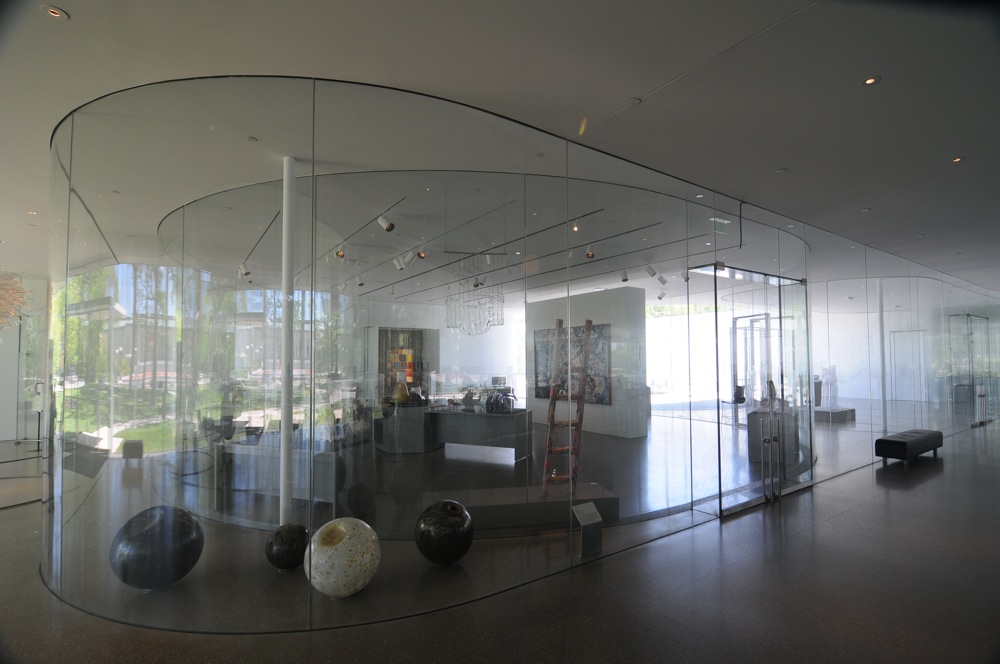
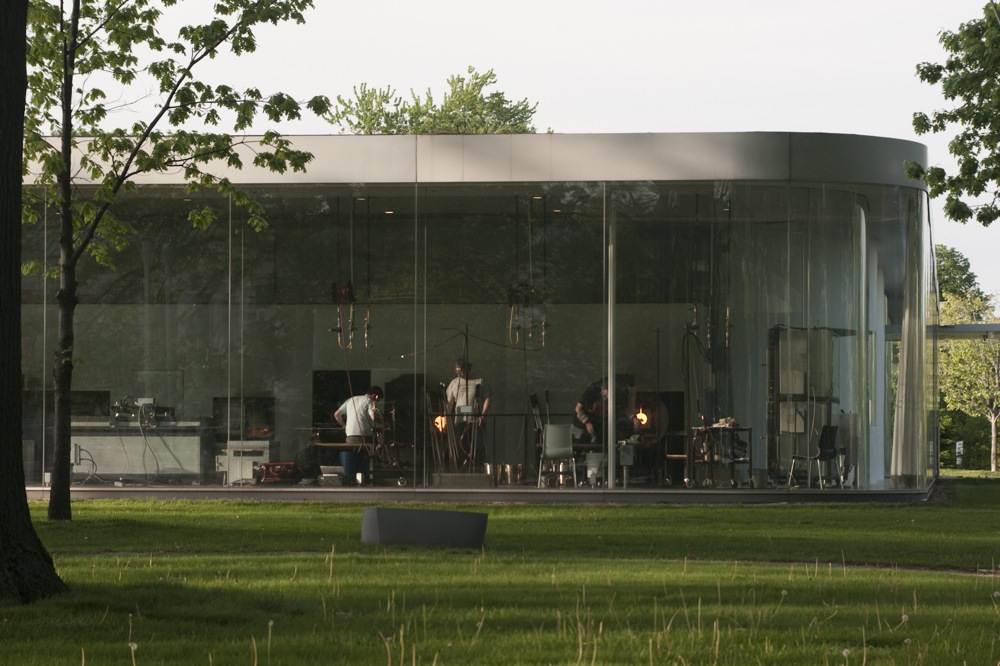
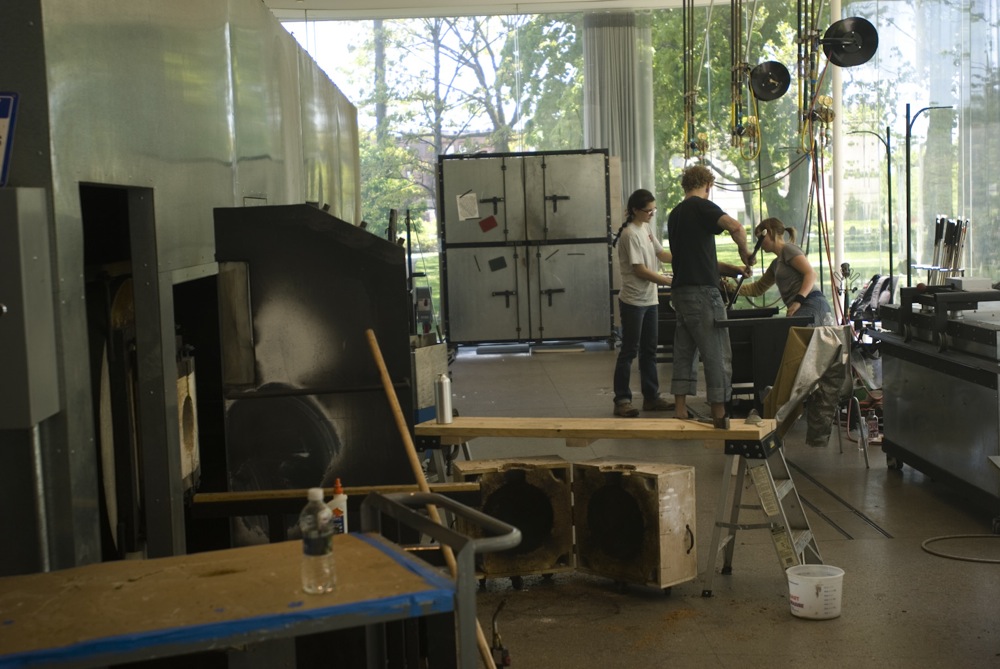
Two hot shops, equipped with glass furnaces continuously burning at 2150 degrees Fahrenheit, encourage visitor interaction with glass artists and an opportunity to understand the glass making process.
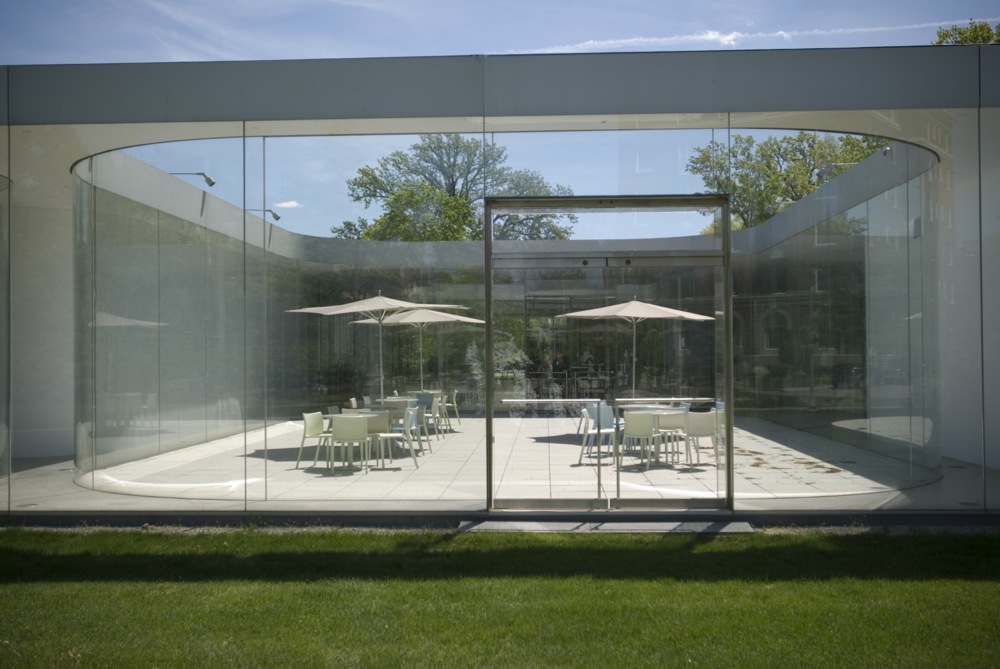
Main Courtyard
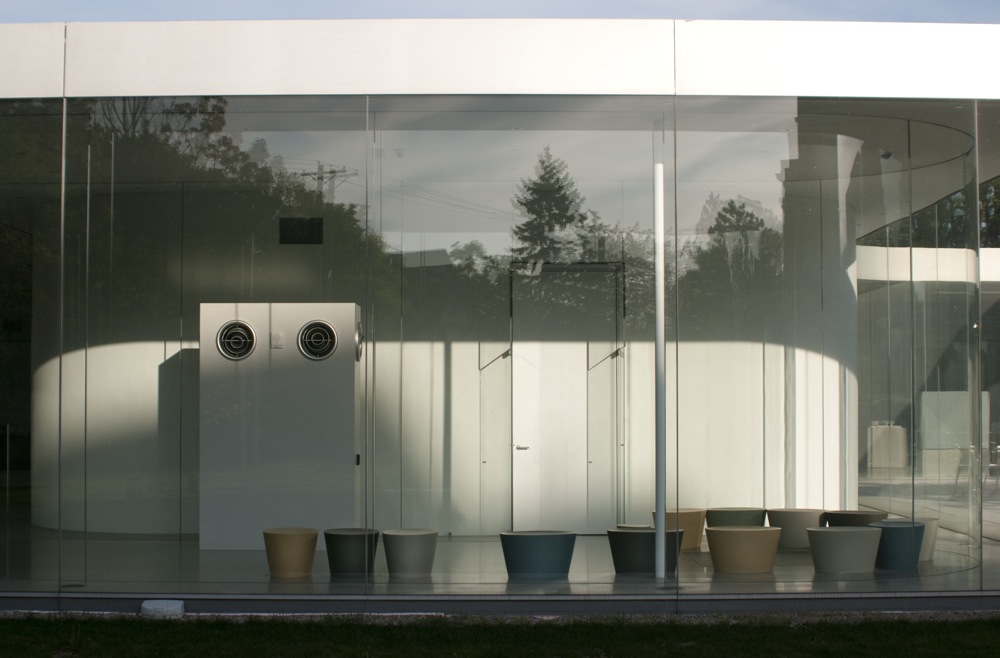
Rest Area
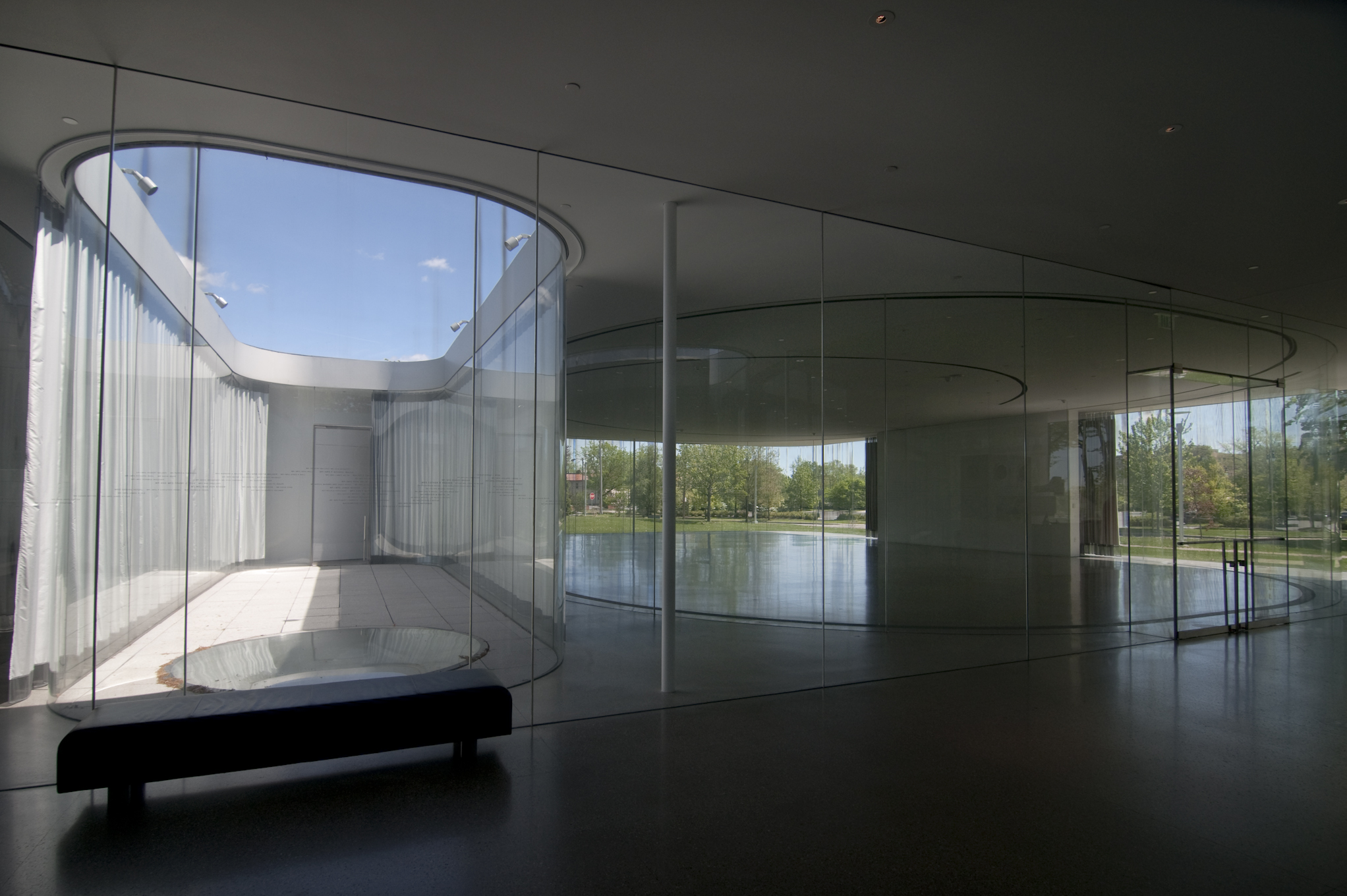
Interior Courtyard + GlasSalon
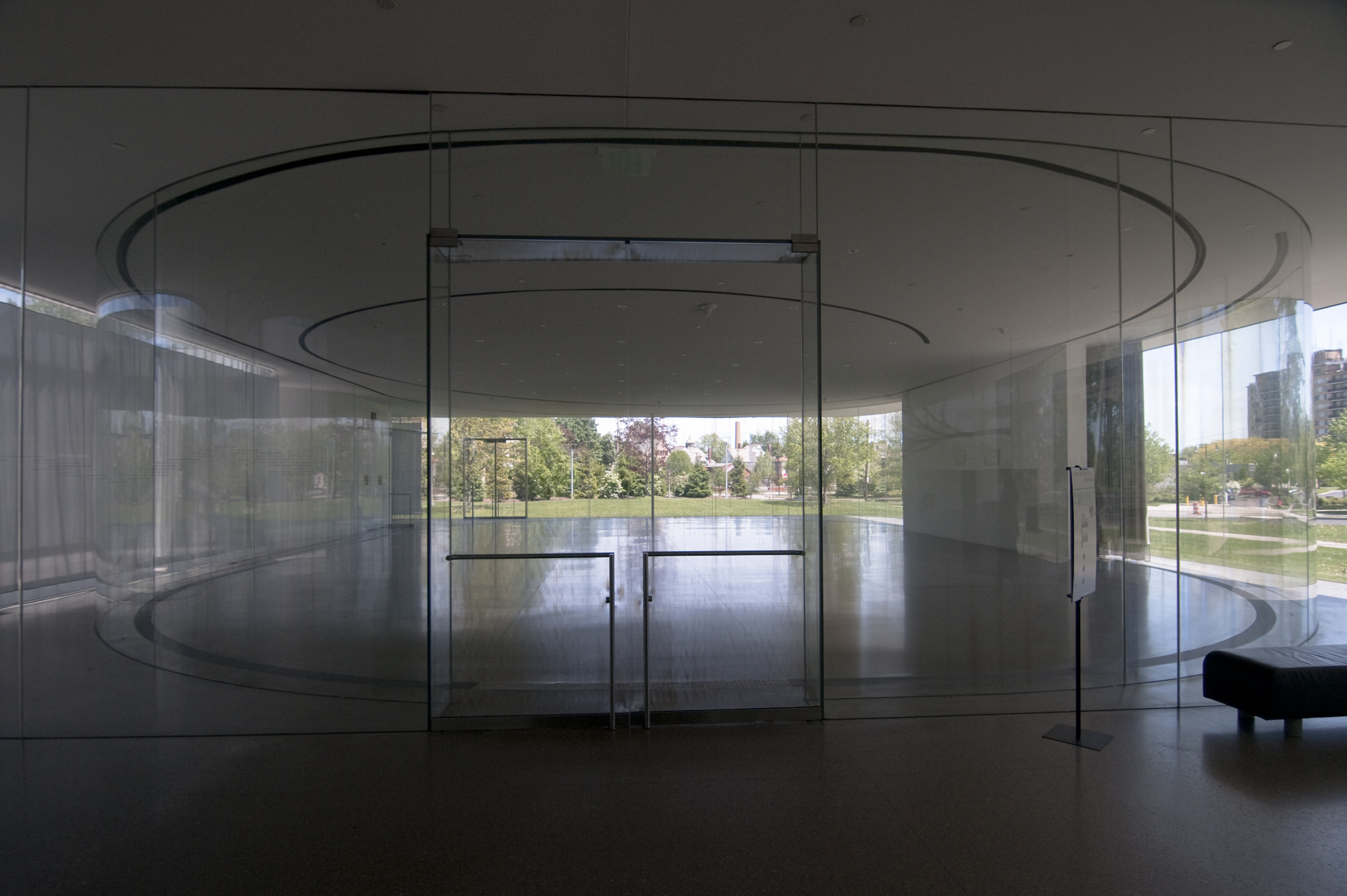
GlasSalon
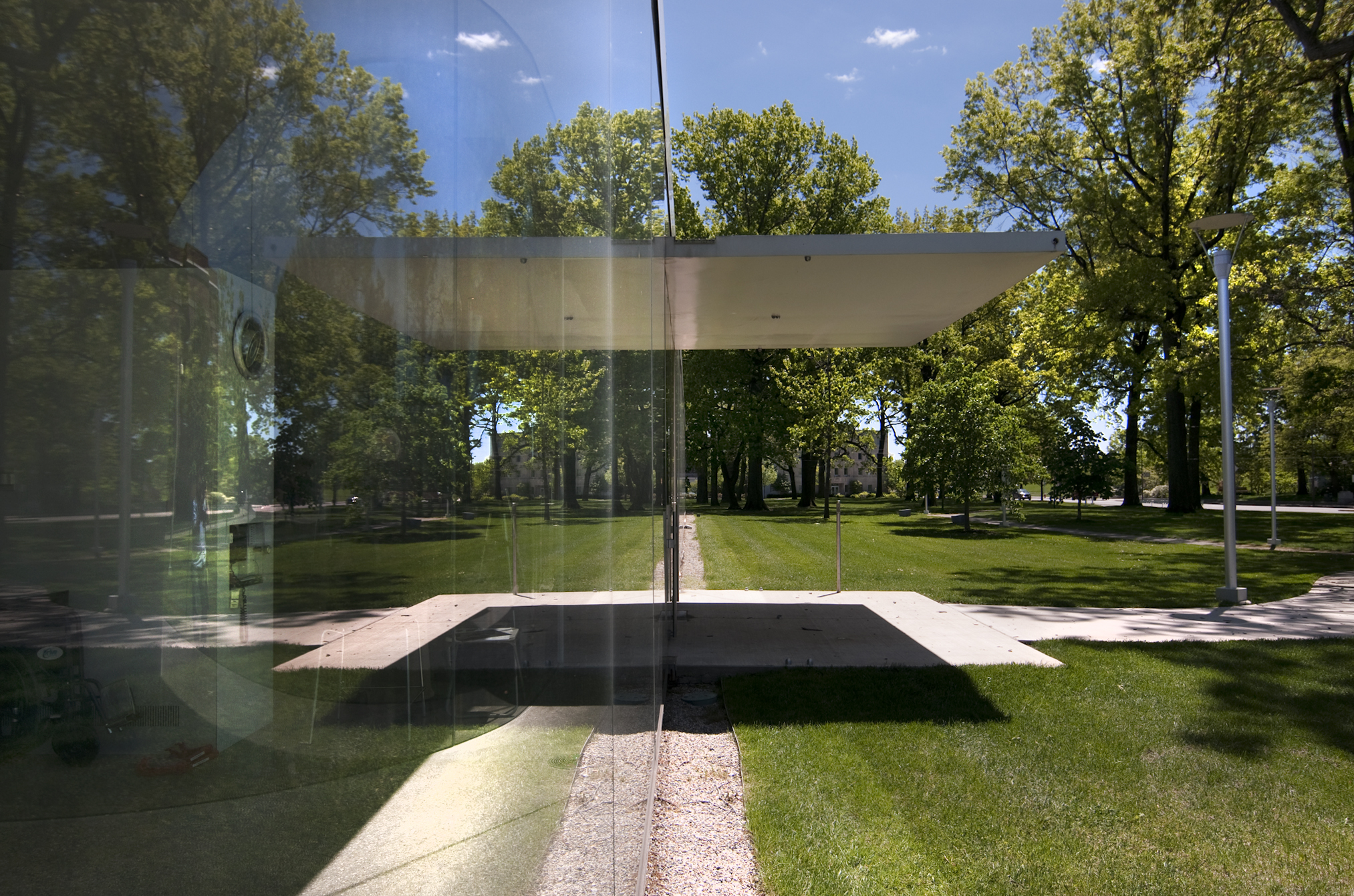
Parkwood Entrance (East side)
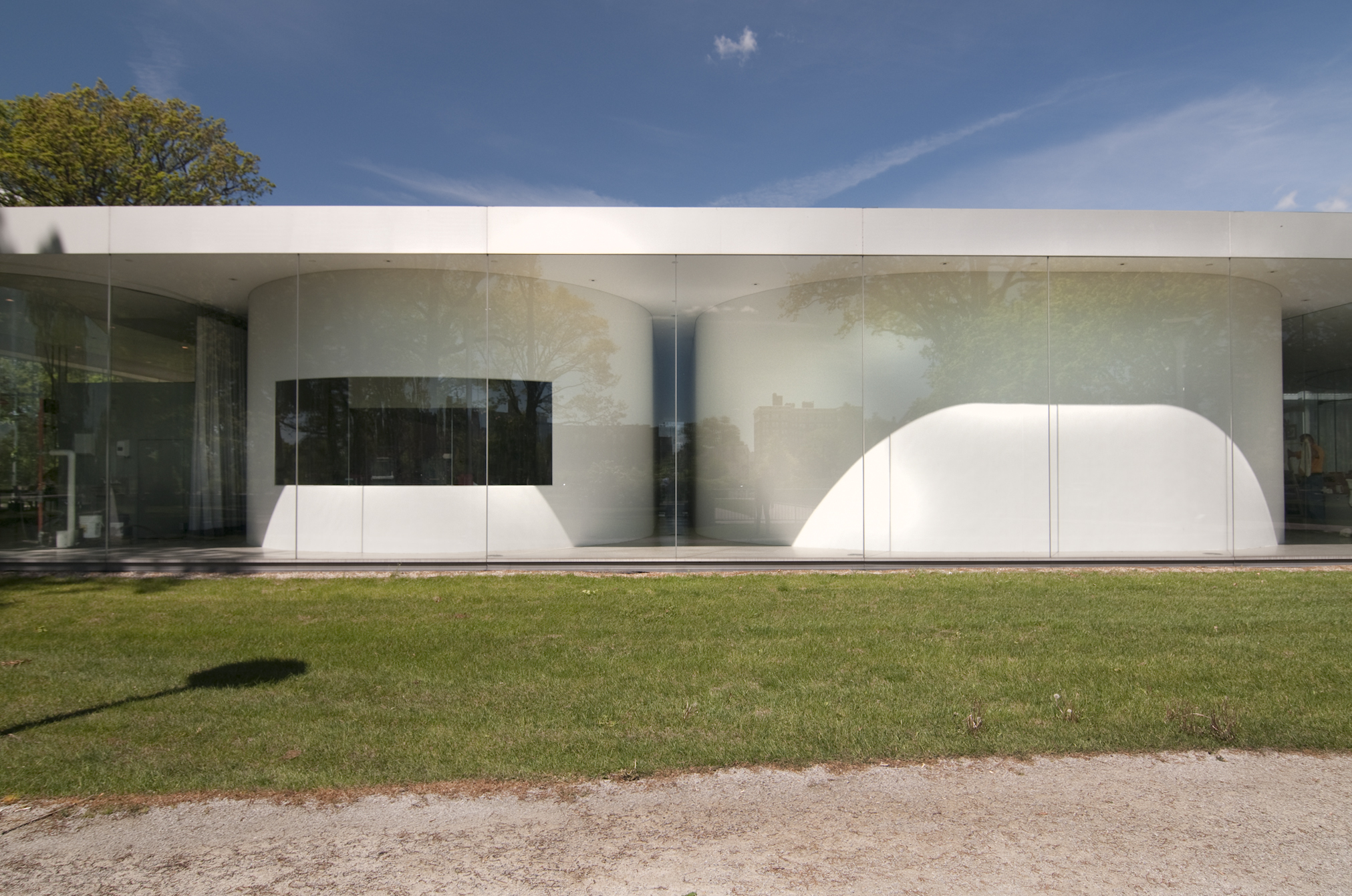
Lampworking Lab

Ryan Carpico
Ryan is a Registered Architect who earned a Bachelor of Architecture from the University of Kentucky in 1998. His experience in a broad spectrum of architectural projects includes design and project management in multi-family residential, general commercial, and institutional projects. This architectural experience is balanced with a background in general contracting of residential and light commercial construction projects. Ryanís knowledge and ability as both architect and builder enable him to address both the technical and practical sides of the comprehensive body of construction knowledge.
Website: carpicodesign.com/
